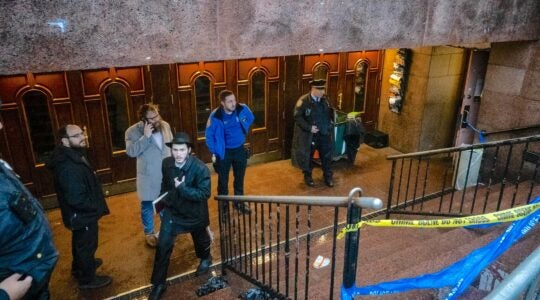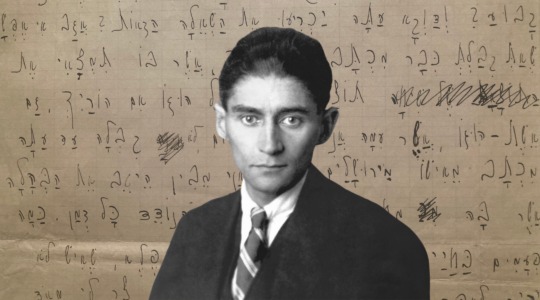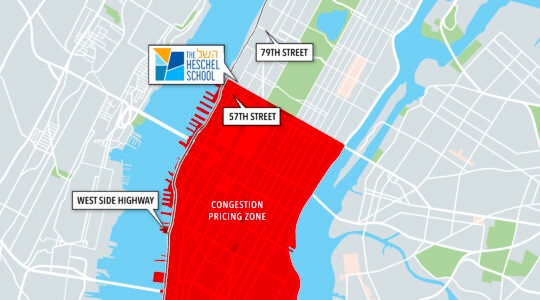Shepherding children to adulthood is a bit of a whirlwind. The school years are often one long race from morning ‘til night. But as any parent of both a neurotypical child and a child with autism can testify, there is great variance in the nature of whirlwinds… both my husband and I realized early on that our parenting style changes dramatically depending on which offspring we are with at any given moment.
Just a mundane example: Looking back at the 13 years that our neurotypical daughter, who is now 26, was in school, we dutifully appeared for the standard parent-teacher conferences and events where her teachers heaped praise on her. In contrast, during the 16 years that our son, who has autism and is now 24, was in school, we were there for IEP meetings multiple times per year for ongoing consultations with teachers and administrators multiple times per year, disciplinary meetings, emergency meetings, negotiations about behavior plans, and then of course those same parent-teacher meetings and events. Vive la différence! I was a virtual stranger to my daughter’s educators; I was a regular installation for my son’s.
I began my teaching career before I had children. I loved learning about the theory of multiple intelligences and different learning styles and used this information regularly as a music teacher. This background in education and child development certainly helped in parenting as well. As a disability advocate now, I often run into parents who honestly don’t know that their children’s development is different than what it should b, because they are not in a field that requires that knowledge. Having a background in education helped me identify early on that our son was wired differently, and that all those big books about the stages of child development did not actually apply. I knew we were in foreign territory, and I knew that I didn’t know what to do.
Our son is a poster child for multiple intelligences and different learning styles. I am eternally grateful for all the educators who have worked hard over the years to figure out how to reach him, encourage him and recognize his strengths. As a parent and educator in the world of special needs, I know both how difficult this can be and how essential it is. Along with these wonderful teachers though, there is sadly also an equally long list of educators who did or still do not seem to have any patience or desire to work with someone who’s learning style was or is outside of their comfort zone. Some were downright abusive, some just impatient, most (of this list) just could not figure out what his story was.
Fast forward: Our son is working very hard to finish art school, where he is studying hand-drawn animation. Art school has been an amazing blessing for our son. He has learned so much, and the school has mostly put up with his very unique learning curve. No complaints. Well…. maybe just one.
Not a complaint actually, just a plaintive wish. I so wish that anyone interfacing with students, of any age, would have some understanding of invisible disabilities like Sensory Processing Disorder and autism. Though there are certainly many people with autism older than my son, he is of the “tsunami” generation, when the numbers of kids diagnosed with autism exploded from 1 in 10,000 in 1970 to 1 in 1,000 in 1995…and of course the explosion has continued, because now, (depending on which office of the CDC you listen to), the numbers are either 1 in 39 or 1 in 58. The statistics for Sensory Processing Disorder are even higher, 1 in 6. Autism is no longer rare. Sensory Processing Disorder is everywhere. Mental Health departments on college campuses are expanding beyond any recognition of the mostly unused offices that they were in my time.
So, educators of any age need to know what autism looks like, beyond the dry words of description in the book. When my son verbally expressed his excitement on the first day of the semester’s drawing class, he did so in a way that seemed odd and not age-appropriate to the neurotypical professor. He then leaned over to compliment another student’s work, and the professor saw someone who didn’t seem to understand personal space. And then he dropped his metal water bottle a few times. Apparently, he also didn’t understand that the class was supposed to stand in two lines to show their work at the end of the day, and he was pacing back and forth waiting. In short, he was exhibiting signs of autism, and using strategies to help him process the sensory overload at the end of the day. And at the end of this class, as instructed by the Learning Support Office, he handed the professor his letter of accommodation explaining about his disabilities.
I only know all of this because, despite the letter, the professor reported to the department chair that he didn’t know what to do with my son because he was disruptive, and I was called in to hear that my son was being put on probation for the entire semester. What is the nature of the probation? That he is not allowed to make any noise on campus.
I am definitely convinced that the professor is doing the best he can with what he knows. I do not think badly of him. A classroom is a public space and growing up we all figure out how to conform our personal expressions in public so as to be culturally appropriate. My son needs to learn what works around neurotypical people and what doesn’t. Ableism is still around big-time. So, I’m not complaining, I’m just repeating my plaintive wish: I so wish that anyone interfacing with students, of any age, would have some understanding of invisible disabilities like Sensory Processing Disorder and autism. And of course, why confine this wish to educators interfacing with students? I so wish that people everywhere would have some understanding of invisible disabilities like Sensory Processing Disorder and autism.
In Item 2 of Sec. 12101 of the ADA Amendments Act of 2008, it says:
(2) in enacting the ADA, Congress recognized that physical and mental disabilities in no way diminish a person’s right to fully participate in all aspects of society, but that people with physical or mental disabilities are frequently precluded from doing so because of prejudice, antiquated attitudes, or the failure to remove societal and institutional barriers;
Sigh.
Joanie Calem is an autism parent, teacher, songwriter, performer and disability awareness advocate. Since her first year of teaching in 1984, Joanie always had students with diverse learning styles, and learned to adjust her teaching in order to meet students where they are, building from their strengths and helping them learn to strategize their perceived weaknesses. Wearing the dual hat of both teacher and parent of a child with special needs, Joanie has extensive learning in the field of Sensory Processing Disorder. For the past four years she has been leading “concert-conversations” for teachers, parents and communities, sharing original songs as starting points for discussions on how to build truly inclusive communities that allow room for the increasing “neurodiversity” in our world. These sessions focus on understanding how Sensory Processing Disorder presents in classrooms, community settings and other public spaces, and exploring simple strategies that can be put in place to make our environment more sensory friendly for those that struggle with sensory overload.
More from The New Normal here.
The New York Jewish Week brings you the stories behind the headlines, keeping you connected to Jewish life in New York. Help sustain the reporting you trust by donating today.




